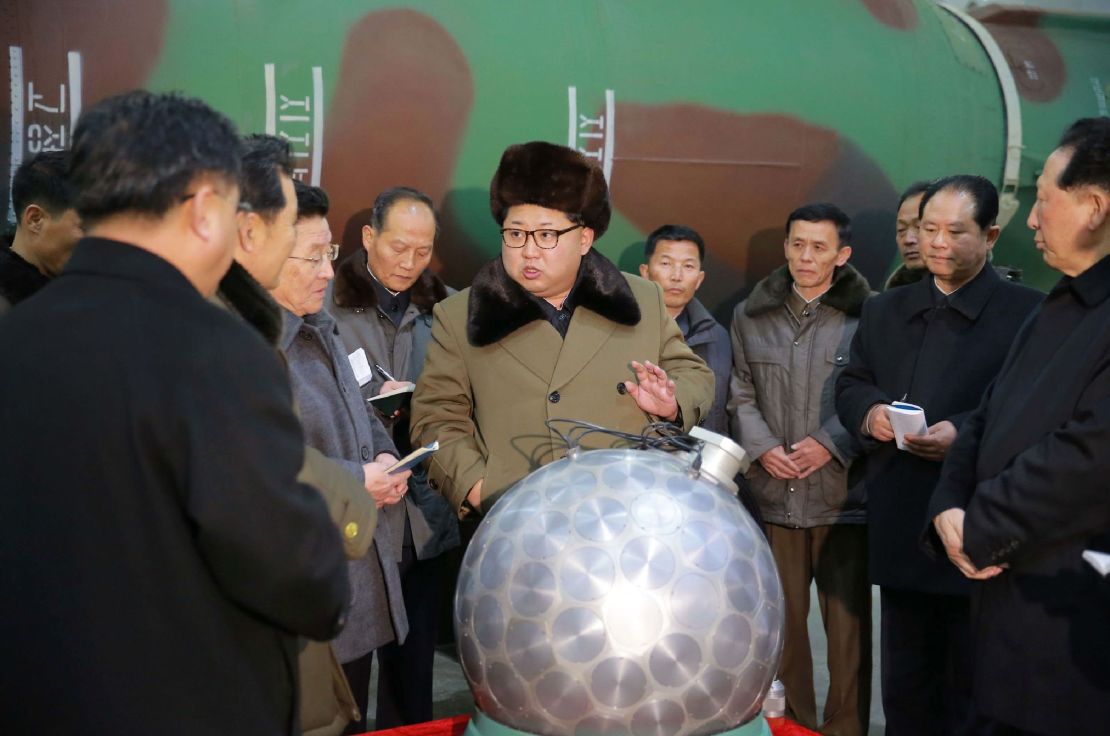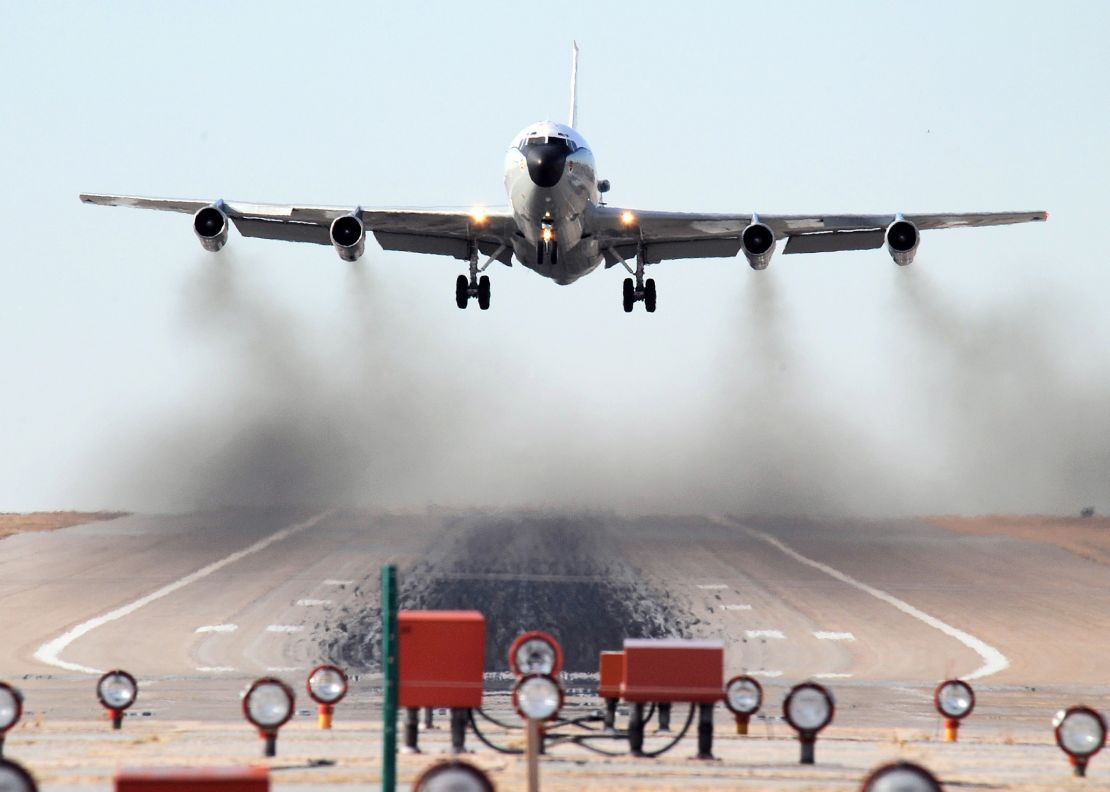The first hint the world gets of a North Korean nuclear test is seismic activity.
What appears to be an earthquake on the Korean Peninsula is registered by monitoring sites around the globe.
We know something is up because there are no major fault lines in North Korea.
The test shows up because, like earthquakes, a nuclear blast sends a jolt of energy into the Earth, generating elastic waves, according to the UC Berkeley Seismology Lab.
The United States Geological Survey and other earthquake monitors will pick up on the difference very quickly, as nuclear tests are much more shallow than earthquakes.
And the seismic waveforms of the two look very different.
The first seismic waves from explosions, or primary waves (P waves), are typically stronger. The secondary waves (S waves) are weaker.
With an earthquake, it’s the opposite: The primary waves are weaker and the secondary waves and stronger secondary waves.
Clues before a test
North Korea has one nuclear test site: Punggye-ri.
In the long-term lead-up to the test, there’s usually a flurry of activity, some of which is captured by satellite imagery and can offer clues to observers on what’s going on.
Analysts at North Korea-tracking project 38 North released images showing the test site was “primed and ready” back in April.
Over time they compare images to look for things like:
- Water being pumped out of tunnels to keep the area dry for communications and monitoring equipment.
- Construction materials like sand and concrete.
- Odd textures on the ground may indicate cables have been laid.
- Specialized rail cars and trucks can be seen Yongbyon Nuclear Scientific Research Center, possibly to ferry radioactive material.
In the days leading up to the test, it’s often quiet. That could mean the facility is just operating as usual. It could also mean that everything is ready for a nuclear test, and Pyongyang is waiting for the opportune moment to go. Tests are usually timed for maximum political impact.
It should be noted that conclusions based on satellite imagery can be highly speculative.
“North Korea clearly understands that the world is watching and is undoubtedly, at some level, attempting to manipulate reporting,” 38 North says.
Boom
Here’s where things get murky.
It’s nearly impossible to get good, detailed information on each blast. Unlike missile tests, nuclear blasts are detonated underground, so not a lot can be observed from the outside world.
When a projectile is fired into the sky, trajectory can be analyzed. Photographs of launches released by Pyongyang show details like the color of the flame, the size of the missile and the launch platform. All of those offer invaluable insights. But Pyongyang does not release images of nuclear blasts.
After its fifth nuclear test in late 2016, North Korea claimed it successfully tested a nuclear warhead that could be placed on a missile.
A series of photos released in March 2016 showed Kim inspecting what the North Koreans claimed was a miniaturized nuclear weapon.

Analysts call it the disco ball, and the reveal led to a flurry of speculation about the purported weapon itself and North Korea’s nuclear capabilities as a whole.
But short of inviting weapons experts to observe the test, the only way the world could verify that claim is if North Korea actually used the weapon, analysts say.
The magnitude of the seismic activity after each blast, however, hints at the power of the explosion – including that fifth nuclear test.
South Korea’s Meteorological Administration said the blast from the fifth test was estimated to have had the explosive power of 10 kilotons, which would make it less powerful than “little boy,” the atomic bomb dropped by the United States on Hiroshima.
Reactions
After a test, the US, South Korea and Japan respond quickly.
To confirm the test, the US sends its WC-135 jet – dubbed the “radiation sniffer” – to monitor air samples off the Korean Peninsula to confirm whether a nuclear blast has occurred. Two of the jets operate out of an Air Force base in Nebraska. They’ll also take air samples from ground stations in the area.
Japan and South Korea have their own radiation-monitoring networks.
Japan could send jets to collect dust to check for radiation.

On the political front, all three countries are quick to condemn the tests as a violation of international law. The UN Security Council will weigh in too.
China, North Korea’s most important partner, has also started recently decrying the nuclear tests – Beijing says it’s committed to denuclearization on the Korean Peninsula.
And it almost always “calls for restraint from all sides,” be it a nuclear or missile test.

